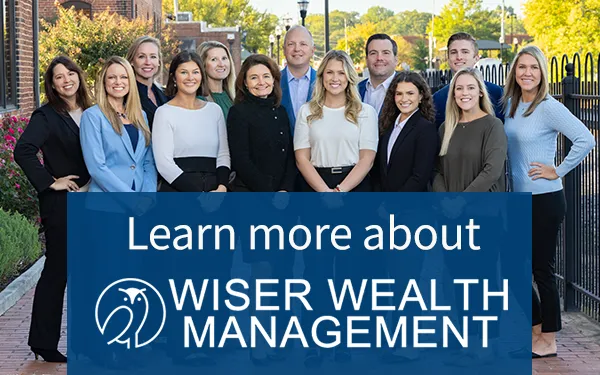Do high growth rates mean high risk?

The conglomerate merger movement occurred in the 1960s. Stock speculators believed that such mergers would result in perpetual, high growth rates. During this decade of increased speculation, fast growth was trending with investors. Rather than slow-and-steady blue-chip stocks, investors demanded fast growing stocks that would increase in value indefinitely. One strategy for rapid growth was to merge two or more companies so that they would produce higher earnings together. This strategy was seemingly successful in the beginning, but investors and corporations alike refused to believe that the sudden rapid growth would die down to a reasonable level of growth in the future. When they realized that conglomerates did not necessarily create more value by merging, stock prices tanked, and investors were forced to sell the stock they hoped would make them a hefty profit. This blog is a part of a series written by our summer intern, Makenna. This series is based off excerpts from the well-known book, A Random Walk Down Wall Street.
What Is Synergism?
Essentially, two or more companies would combine into one conglomerate, and that conglomerate would produce more earnings than the separate companies’ earnings combined. However, the goal of these conglomerates was to give the impression of high growth rates rather than actually create value. If you take a closer look at the merger process, you will see that the “growth” conglomerates bragged about in the 1960s was nothing more than a fabrication.
The Scam
In order to fabricate growth with a merger, there must be one company with a higher price-earnings multiple, Company A, and one with a lower price-earnings multiple, Company B, willing to merge. For this example, the number of shares as well as earnings per share for each company remain the same so that only price differs. Next, Company A would offer to acquire Company B for a rate of shares such as one for two. This means that if Company A’s stock was priced at $50 per share, and Company B was priced at $10 per share, Company B would choose to accept the deal because they would gain one share of Company A’s stock for every two shares of their own stock. Thus, Company B would gain $50 worth of the conglomerate stock for trading $20 of their own. This exchange of shares between the two companies created the illusion of high growth rates because earnings stayed the same, but the overall number of shares decreased which raised the earnings per share and communicated growth to investors.
Investors flocked to these conglomerates that boasted such rapid growth. This inspired conglomerates to continue merging in order to attract more investors. For instance, the Automatic Sprinkler Corporation merged four times within a twenty-five-day period, and between 1963 and 1968, sales volume rose over 1400 percent. How could an investor at the time resist the temptation to purchase such a promising stock? Unfortunately, the Automatic Sprinkler Corporation’s price-earnings multiple dropped to 13.4 in 1969 from its height of 51.0 in 1967, proving that manipulating numbers does not create legitimate growth.
The Decline of the Conglomerate
In 1969, the conglomerate boom met its inevitable decline. The decline began when Litton Industries, one of the largest conglomerates, reported that its earnings were lower than expected after exclusively rising for the past few years. The news caused investors to question the performance of conglomerates. The SEC began investigating conglomerates, and found the high growth rates concerning in terms of longevity. The SEC’s attitude toward conglomerates caused more investors to sell, and by the end of the movement, growth had returned back to a roughly normal rate. Research on the conglomerate boom reveals that while manipulation can make stock prices skyrocket for a short amount of time, 2 plus 2 does not equal 5.
Although the conglomerate movement happened roughly 60 years ago, the lessons we learn from it are still relevant today. Be wary of stocks with rapidly increasing growth rates. There is a reason that higher growth rates indicate higher risk. Finally, it is crucial to understand the value of the stock you are investing in and not how popular it is or how fast it seems to be growing, so that you can make wise investment decisions.
Makenna Cooper
Summer Intern / Berry College Student
Share This Story, Choose Your Platform!
Wiser Wealth Management, Inc (“Wiser Wealth”) is a registered investment adviser with the U.S. Securities and Exchange Commission (SEC). As a registered investment adviser, Wiser Wealth and its employees are subject to various rules, filings, and requirements. You can visit the SEC’s website here to obtain further information on our firm or investment adviser’s registration.
Wiser Wealth’s website provides general information regarding our business along with access to additional investment related information, various financial calculators, and external / third party links. Material presented on this website is believed to be from reliable sources and is meant for informational purposes only. Wiser Wealth does not endorse or accept responsibility for the content of any third-party website and is not affiliated with any third-party website or social media page. Wiser Wealth does not expressly or implicitly adopt or endorse any of the expressions, opinions or content posted by third party websites or on social media pages. While Wiser Wealth uses reasonable efforts to obtain information from sources it believes to be reliable, we make no representation that the information or opinions contained in our publications are accurate, reliable, or complete.
To the extent that you utilize any financial calculators or links in our website, you acknowledge and understand that the information provided to you should not be construed as personal investment advice from Wiser Wealth or any of its investment professionals. Advice provided by Wiser Wealth is given only within the context of our contractual agreement with the client. Wiser Wealth does not offer legal, accounting or tax advice. Consult your own attorney, accountant, and other professionals for these services.





